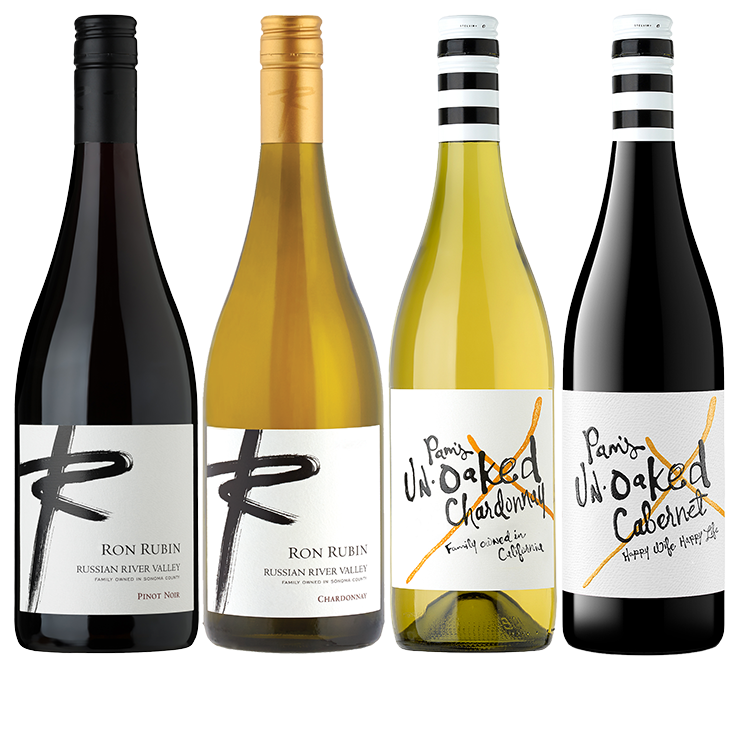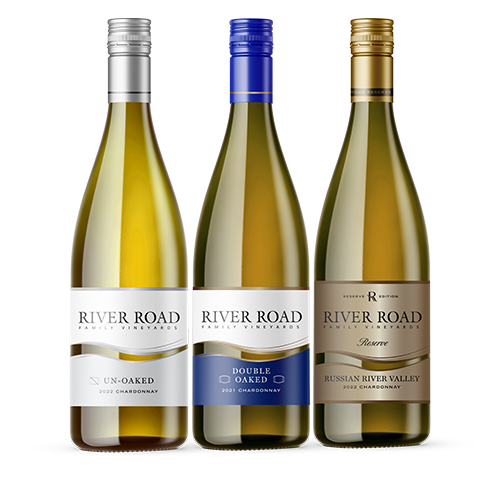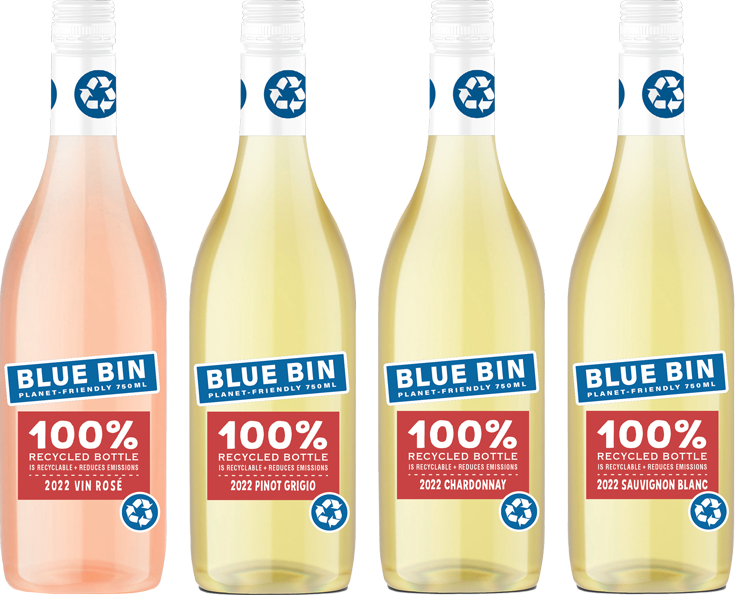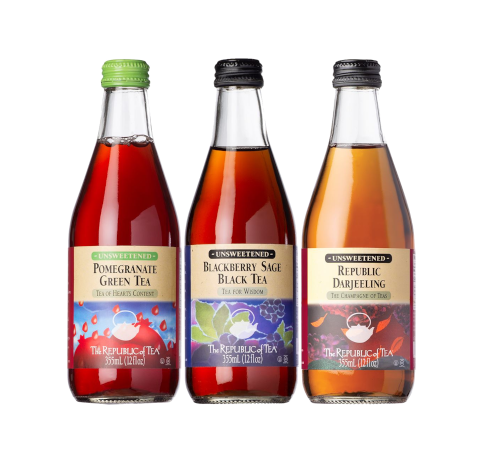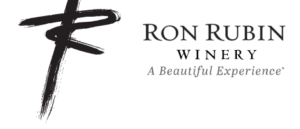Vineyard Update
Veraison is underway! This is the period when visible color changes occur in winegrapes, as they shift into the final ripening stages. Even white grapes such as Chardonnay go through this process, but it’s especially dramatic in reds such as Pinot Noir.
The start of veraison each year is always exciting, as this begins to sharpen our focus on the upcoming harvest. We are currently devoting much attention to bottling the 2018 vintage wines, but the grapevines near the winery won’t slow down to wait for us. They’ll keep ripening on their own schedule, and will be ready to harvest in mid-September, whether we are ready or not. I assure you, we will be ready!
The start of veraison in our estate vineyard, in the Green Valley of Russian River Valley, occurred just a week ago. It’s also a week later than last year, which was considered a “late” year.
Throughout the first two decades of the twenty-first century, we would often see veraison around the Fourth of July, and plan to start harvesting our first Pinot Noir before Labor Day. This “early” picking was due to warm, dry spring seasons that launched the grapevines into the vintage quite early. Increased plantings of Dijon clones of Pinot Noir, which ripen quickly in California, and the effects of a prolonged drought in many years also pushed harvest dates forward. We became accustomed to picking Pinot Noir in August. Here’s a breakdown of the past eight years, categorized by harvest dates at our estate vineyard:
| Vintages | First Pinot Noir Harvest Date | |
|---|---|---|
| “Early” | 2 vintages (2015, 2016) | Mid – August |
| “Normal” | 3 vintages (2013, 2014, 2017) | First Week of September |
| “Late” | 3 vintages (2012, 2018, 2019) | Mid – September |
The 2018 and 2019 vintages, with their late cycles, seem like throwback years to the previous century. Later harvest dates were the norm in the twentieth century, with the grapevines slower to reach the finish line and October being the peak of harvest. I’m certain that a fair amount of variation always existed (It is farming, after all) and will continue to challenge us. Our plans for the future involve approaching each vintage as a unique one. This will allow us to harvest the highest quality grapes each and every year.
Along with changing color, the Pinot Noir grapes begin softening as they turn a deep purple. Looking at the clusters in the photo below, mid-veraison, the green berries are hard and won’t give you any juice if you squeeze them. The purple berries on the same cluster are completely different to the touch. The pulp is softening, and a light squeeze will break them open and release juice and seeds.
 Pinot Noir Cluster Sample
Pinot Noir Cluster Sample Pinot Berry at Veraison
Pinot Berry at Veraison
The brix (sugar content) of the purple berries are at 16.2 degrees. We still have a long way to go, until our target of 25 degrees brix is reached! One other thing I love about veraison, especially in the red varieties, is the contrast it provides as I walk the vineyard rows. I can now easily see the many clusters that once hid among the green foliage and count the clusters each of our vines is carrying. We’ll go through each block in the vineyard doing this count, which will help us gauge the size of the upcoming harvest.
 Pinot Noir Veraison Late July
Pinot Noir Veraison Late July
BOTTLING THE NEWEST WINES
As harvest bears down on us, it is imperative to get our beautiful 2018 vintage wines into their bottles. The time is right, and an army of ready tasters await! We made the process quite interesting, by incorporating a range of bottle shapes. This year, we’ve even added magnum bottles to the mix! Looking at our lineup for the most recent bottling run, you can see multiple colors and sizes, all with a “Burgundy” shape. Each bottle requires careful adjustments to the bottling line to ensure a quality product.
 Bottle Types
Bottle Types
You may be asking yourself why we complicate our life by utilizing such an array of wine bottles. It’s a great question, with a complex answer driven, in large part, by tradition.
The widespread use of glass bottles for wine is a fairly recent phenomenon, with most wine up until the 17th or 18th century sold directly from the barrels, casks, or jars they were transported in. Certainly, European nobility loved to show off their wealth and prestige by serving wine from bottles, but most was shipped to market in oak barrels. As technology for producing glass improved, bottles became cheaper and stronger, and slowly became standard.
Each of the classic wine regions developed their own signature shape. Bordeaux went into a straight sided, high shouldered bottle, perfect for storage on their sides during the aging process. Burgundy wine was packaged in the low shouldered, wide bottle we associate with Chardonnay and Pinot Noir. The Germans, Italians, and Spaniards had their own regional flair. We are now left with these traditions, and in most cases, remain true to them. Yet, as an innovative winery, the options are many. For our recent Symphony blends, which married the classic grapes of Bordeaux and Burgundy, we could have chosen either bottle shape. Our decision was to use the Bordeaux shape, to allow us to showcase the wine in the most dramatic way!
 Symphony Cabernet Noir
Symphony Cabernet Noir
Cheers!

